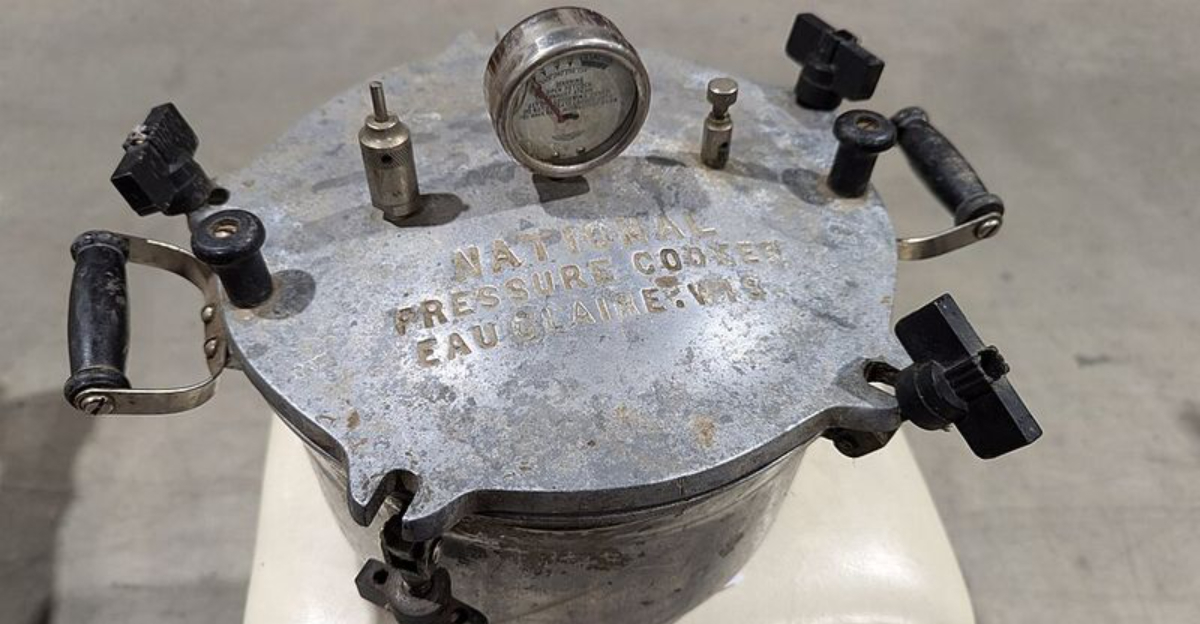12 Facts That Were Once Essential Knowledge
Remember the sweet whir of a rewinding VHS and the inky rustle of a paper map that smelled like glove-box dust and road trips.
Skills that once ruled everyday life now live in memory, from dialing up patience to fixing things with a pocket toolkit. Kids scroll. We used to rewind, untangle cords, and read the sky for weather. Call it retro. Call it resourceful.
It still feels good. Take a nostalgic lap through the lost arts that quietly trained our brains to plan, improvise, and savor small wins. You might even want to bring a few back.
Disclaimer: The historical information in this article is provided for general educational and entertainment purposes. Technological references reflect past practices and innovations as commonly used in their respective eras. Individual experiences may vary depending on region, availability, and access to technology at the time.
Using A Slide Rule
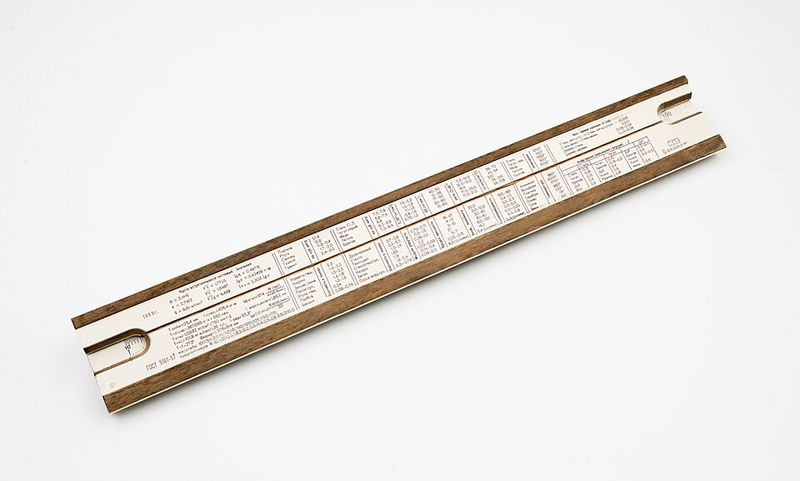
Before calculators fit in our pockets, engineers and scientists relied on this ingenious analog computing tool. The slide rule performed complex multiplication, division, and logarithmic calculations using sliding scales.
Mastering one required serious practice and understanding of mathematical relationships. Students spent entire semesters learning proper technique, and professionals carried them like badges of honor. Today, your smartphone calculator does the job instantly!
Finding Numbers In A Phone Directory
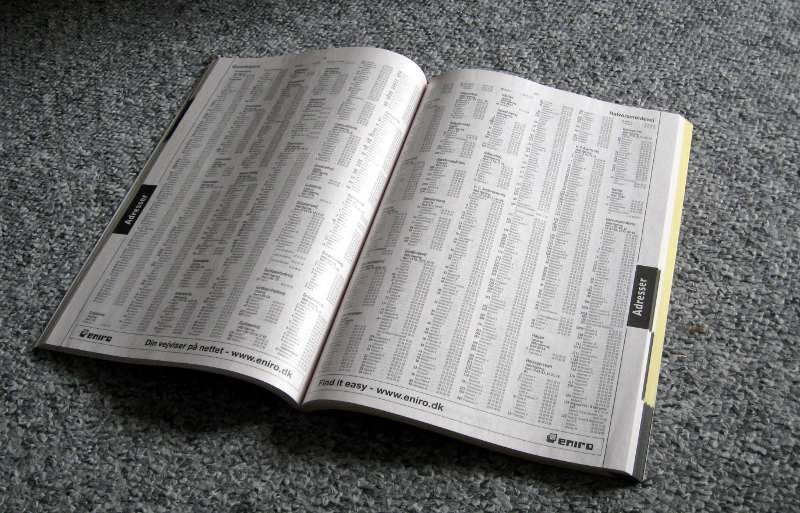
Those massive yellow books were once the only way to find local businesses or friends’ contact information. Families kept them near every phone, and flipping through alphabetized listings was second nature.
Finding the right entry meant knowing proper alphabetical order and scanning tiny print. Wrong spelling? Good luck finding what you needed! Now Google answers our questions before we finish typing them.
Making A Call From A Payphone
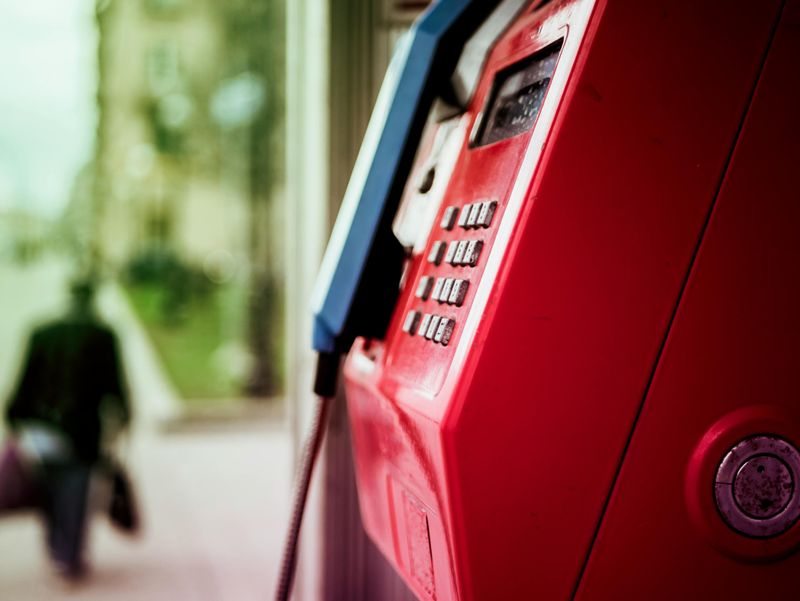
Imagine being stranded without a way to call for help unless you found one of these coin-operated communication lifelines. Payphones dotted every corner, mall, and gas station across the country.
You needed correct change, knowledge of area codes, and sometimes a calling card with its impossibly long PIN number. Busy signals and disconnected calls were frustrating realities. Cell phones made these relics vanish faster than dinosaurs!
Adjusting Rabbit Ears TV Antenna
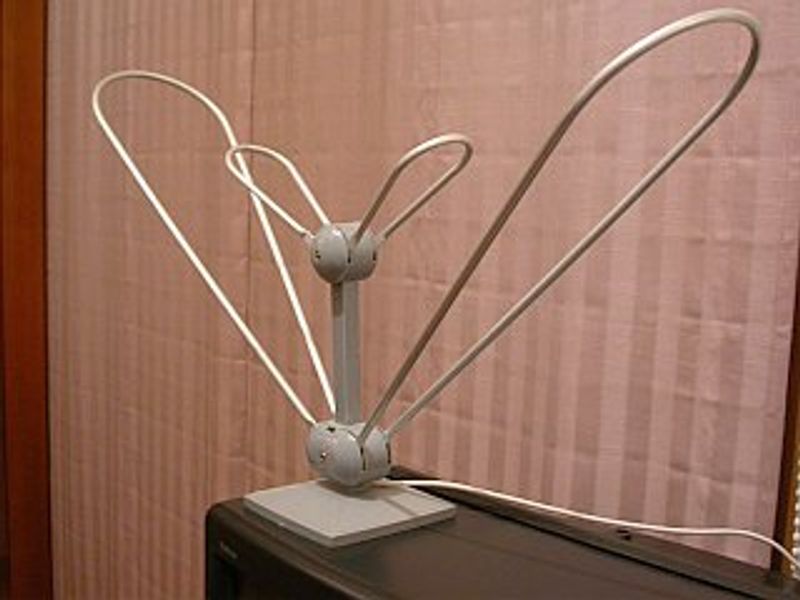
Getting a clear TV picture once meant standing near your television, adjusting metal rods at weird angles while someone yelled whether the picture improved. These antennas captured broadcast signals from the air.
Perfect positioning required patience, experimentation, and sometimes tin foil wrapped around the tips. Weather changes meant starting the whole process over. Streaming services sure beat that workout routine, right?
Programming And Using A VCR Remote

Recording your favorite shows required programming skills that baffled even tech-savvy adults. VCR remotes featured dozens of buttons, and setting the timer meant navigating cryptic on-screen menus.
One wrong button press erased hours of work, and the blinking 12:00 clock became a national joke about technological incompetence. However, successfully taping a show felt like winning an Olympic medal. DVRs and streaming changed everything overnight!
Rewinding VHS Tapes
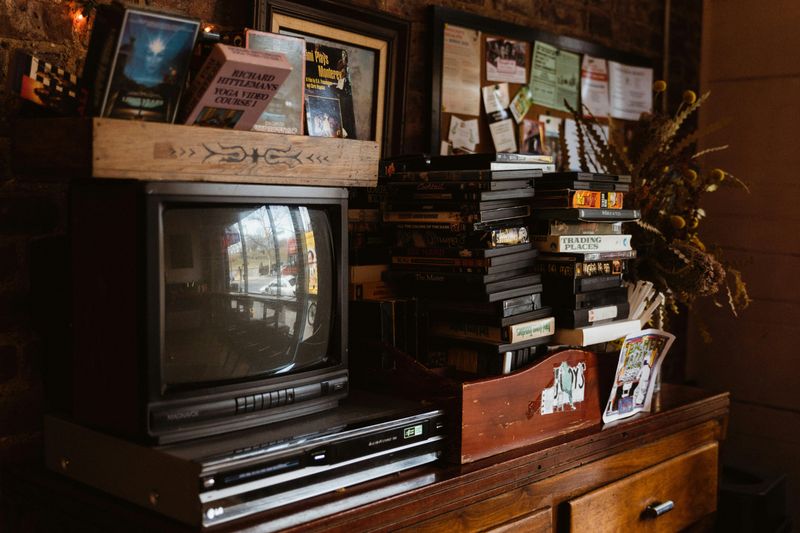
Be kind, rewind! This phrase defined video rental culture when returning tapes unrewound meant late fees or angry looks from store clerks. Rewinding took several minutes in your VCR.
Dedicated rewinders became popular gadgets, shaped like race cars or other fun designs, promising faster speeds and VCR protection. Forgetting to rewind before movie night meant awkward waits while guests stared impatiently. Digital files never need rewinding, thankfully!
Connecting Via 56k Dial-Up Modem
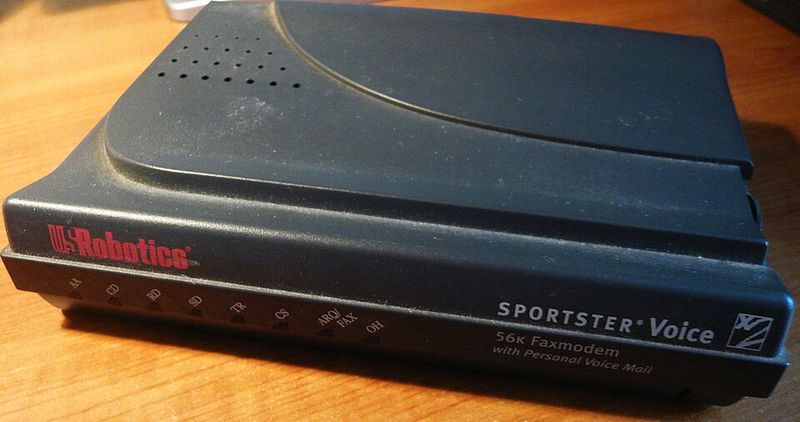
That screeching, buzzing symphony announced your connection to the internet, though it tied up your phone line completely. Dial-up modems transformed phone signals into data, painfully slowly by today’s standards.
Downloading a single song took 15 minutes, and someone picking up the phone kicked you offline instantly. Patience wasn’t optional when web pages loaded line by line. Broadband internet feels like magic compared to those agonizing days!
Checking A Pager Or Beeper
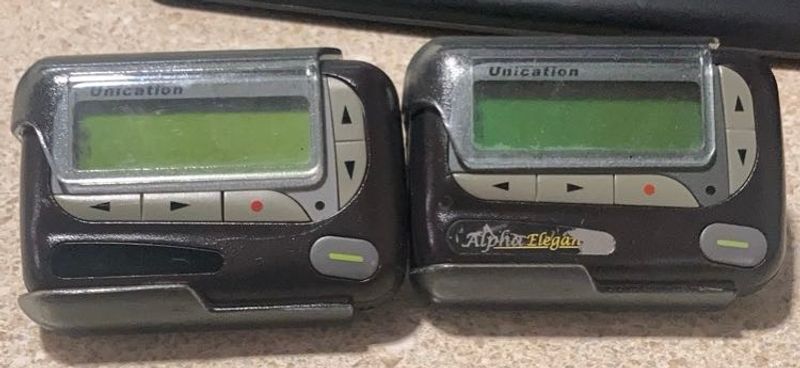
Before texting existed, professionals and parents stayed connected through these pocket-sized message receivers. Pagers displayed phone numbers or numeric codes that required decoding, like 143 meaning I love you.
Getting paged meant finding the nearest phone to call back, creating suspense about every message. Doctors, business people, and even teenagers clipped them to belts like status symbols. Smartphones obliterated this entire communication category practically overnight!
Keeping Contacts In A Rolodex
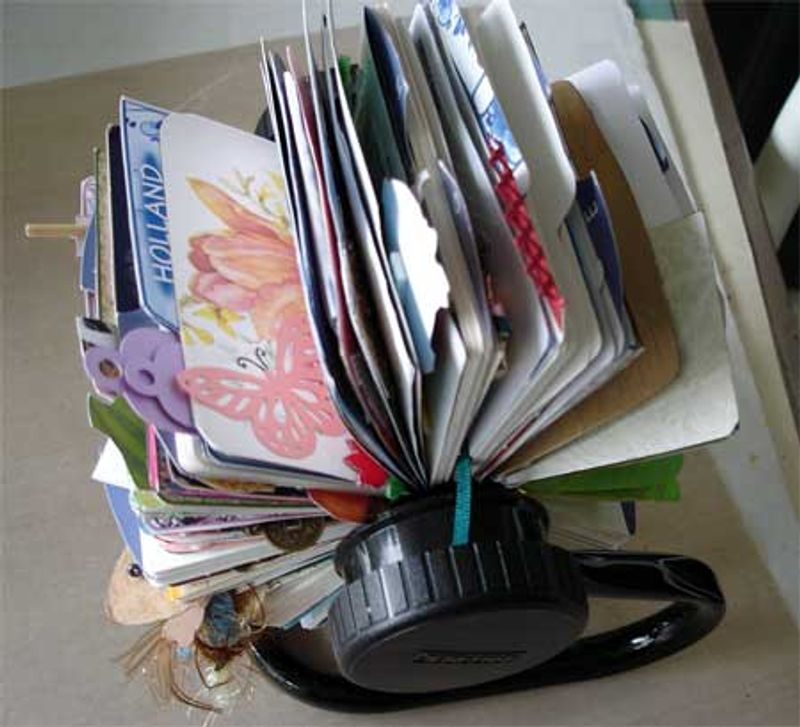
This spinning carousel of contact cards sat on every professional desk, holding phone numbers, addresses, and notes about important connections. Finding information meant physically flipping through alphabetized cards.
Updating entries required removing old cards and writing new ones by hand. Lost or damaged Rolodexes meant losing irreplaceable business contacts forever. Though digital contact lists sync across devices effortlessly now, some folks miss that satisfying flip-flip-flip sound!
Balancing A Checkbook
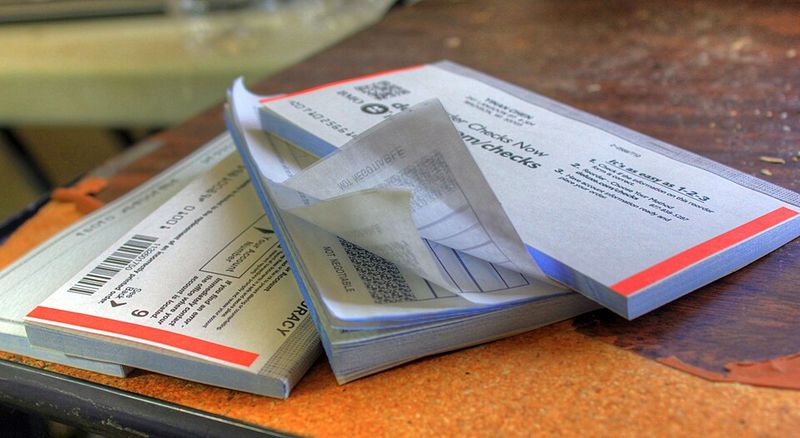
Tracking every deposit, withdrawal, and check required meticulous record-keeping in a small paper register. Monthly bank statements arrived by mail, and you manually compared each transaction.
Math errors meant spending hours hunting for missing pennies, and bounced checks carried embarrassing consequences and hefty fees. Financial responsibility demanded discipline and decent arithmetic skills. Banking apps now update balances instantly, making this tedious task nearly obsolete!
Sending A Fax
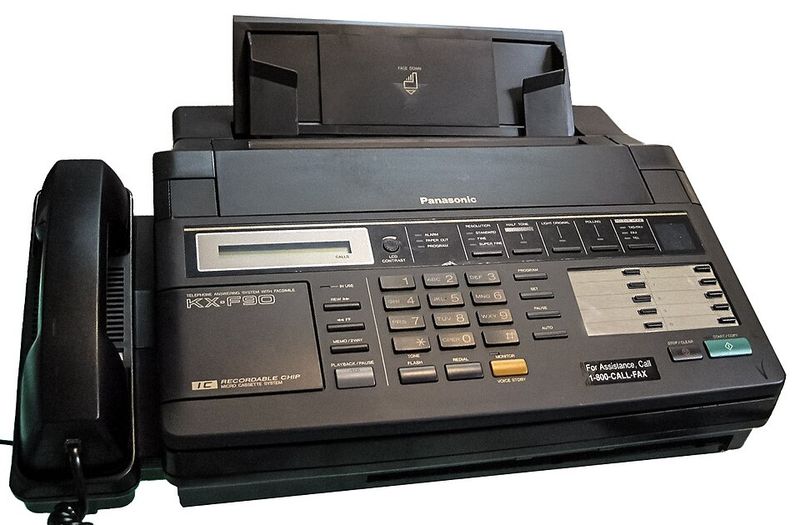
Transmitting documents instantly over phone lines felt like science fiction magic, even though the process was clunky and unreliable. Fax machines scanned pages, converted them to audio signals, and sent them to receiving machines.
Busy signals, paper jams, and illegible transmissions frustrated users constantly. Confirmation pages proved successful delivery, though important documents sometimes vanished into the void. Email attachments and cloud sharing made faxing practically prehistoric technology!
Loading 35mm Film Into A Camera
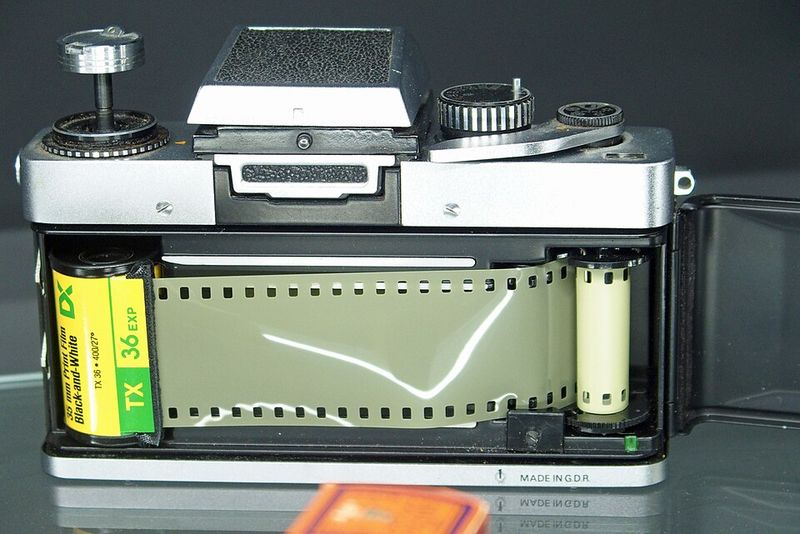
Photography required purchasing film rolls, carefully threading them into your camera in dim light, and hoping you loaded correctly. Improper loading meant losing an entire roll of precious memories.
You never knew if photos turned out until developing them days later at a photo lab. Each roll offered just 24 or 36 shots, making every frame count. Digital cameras and smartphones eliminated this anxiety-inducing ritual completely!



